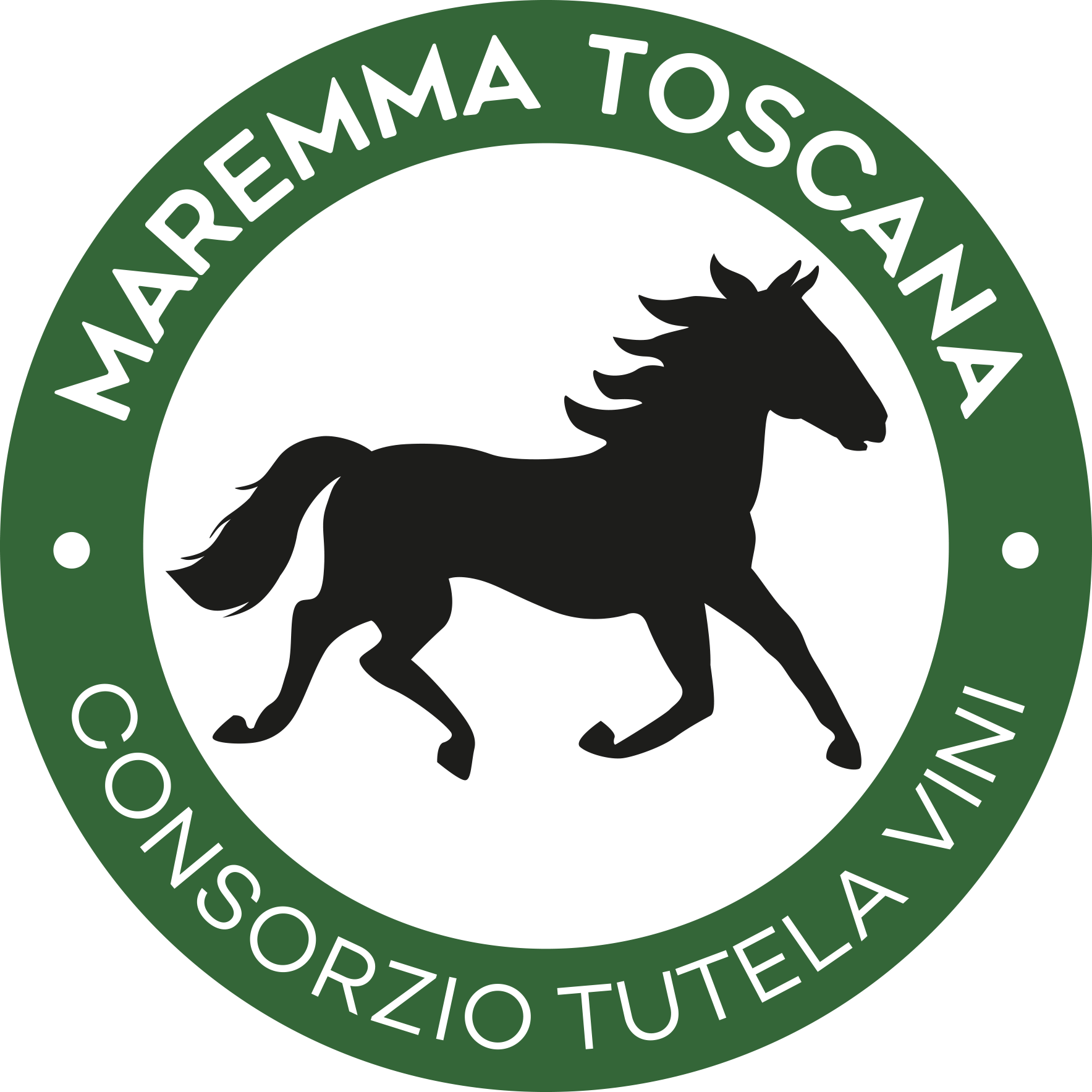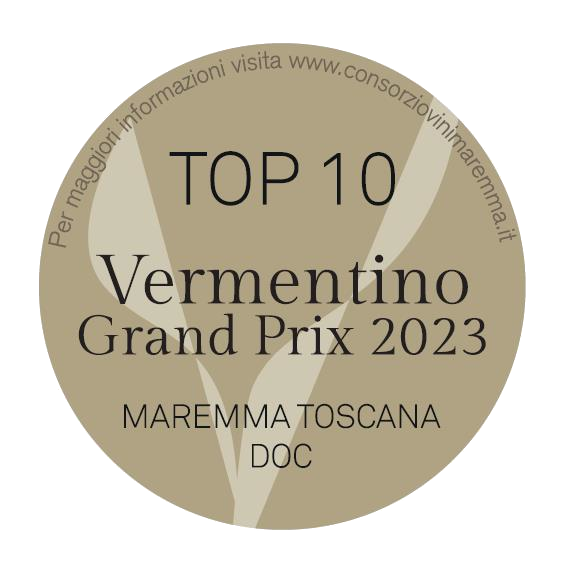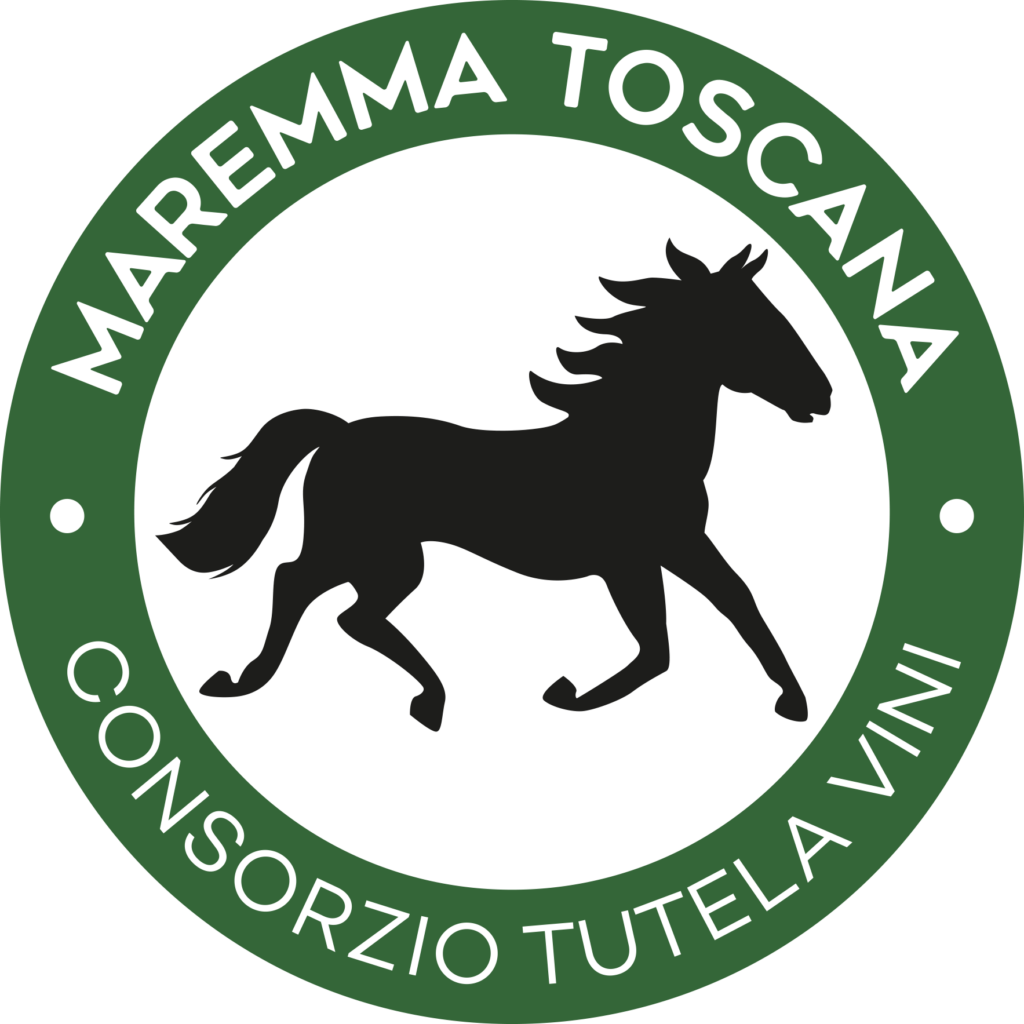Trebbiano toscano
Trebbiano Toscano belongs to the large family of Trebbiani, made up of some of the most common and cultivated varieties in Italy, all fairly homogeneous, both for what concerns the color of the berries (usually they are white) and for the sensory characteristics of the grapes ( are simple flavor). Similarly to the long white Malvasia it has experienced, in recent years, also in Maremma, a clear and constant retreat in the cultivated areas, reaching just under 350 hectares (in 2006 it touched 600 hectares), more than half concentrated in the municipalities of Pitigliano. and Sorano.
It is also known with the synonyms Biancame, Albanella, Trebbianone, Trebbianello, Albano, Elba, but the most used in the Maremma area is Procanico.
It is almost certainly native to the eastern basin of the Mediterranean and the most ancient quotations concerning it date back to 1200 and are almost always linked to Tuscany. Although the historical and literary evidence on the Trebbiani is ancient and numerous, confirming the importance it had in the past not only in Italy, but also in other countries of the Mediterranean basin, there is no certain version on the origin of the name. Some think that Trebbiano may derive from the Latin term Trebulanum, used in Roman times to identify wines from specific locations. The name by which the Tuscan Trebbiano is known in France, that is Ugni Blanc, can lead us to believe that this grape corresponds to the ancient Eugenie mentioned by Pliny, a Latin term used to indicate a “noble origin”.
It is a vine with a late ripening period and considerable vigor, and adapts to different types of soil, although it prefers those that are not too fertile and environments that are not very windy and not too dry.
The wines are straw yellow in color, not very fragrant but delicate, with slight fruity notes (white pulp fruit), rather neutral in flavor and quite alcoholic, with good acidity, so much so that they are often used in blending with wines of other varieties.
Trebbiano wines from Tuscany lend themselves to combinations with seafood appetizers, soups and delicate soups, dishes based on fish, molluscs and crustaceans, fresh and delicate cheeses, such as ravaggiolo, mixed ricotta or the typical marzolino.
The Tuscan Trebbiano and Maremma Toscana DOC:
Maremma Toscana DOC “Bianco” and “Bianco Riserva” (presence in the minimum limit of 60% alone or jointly with Vermentino and Viognier)
Maremma Toscana DOC “Bianco Spumante” (presence in the minimum limit of 60% alone or jointly with Vermentino and Viognier)
Maremma Toscana DOC “Passito Bianco” (presence in the minimum limit of 60% alone or jointly with Vermentino and Viognier)
Maremma Toscana DOC “Vendemmia Tardiva Bianco” (presence in the minimum limit of 60% alone or jointly with Vermentino and Viognier)
Maremma Toscana DOC “Vin Santo” (presence up to 100% alone or together with long white Malvasia)
Maremma Toscana DOC “Trebbiano” (presence for at least 85%)
Maremma Toscana DOC “Late Harvest Trebbiano” (presence for at least 85%)
Maremma Toscana DOC Bivarietale: Trebbiano associated with another white grape variety (presence between 15% and 85%)


